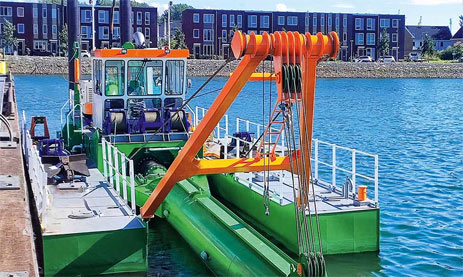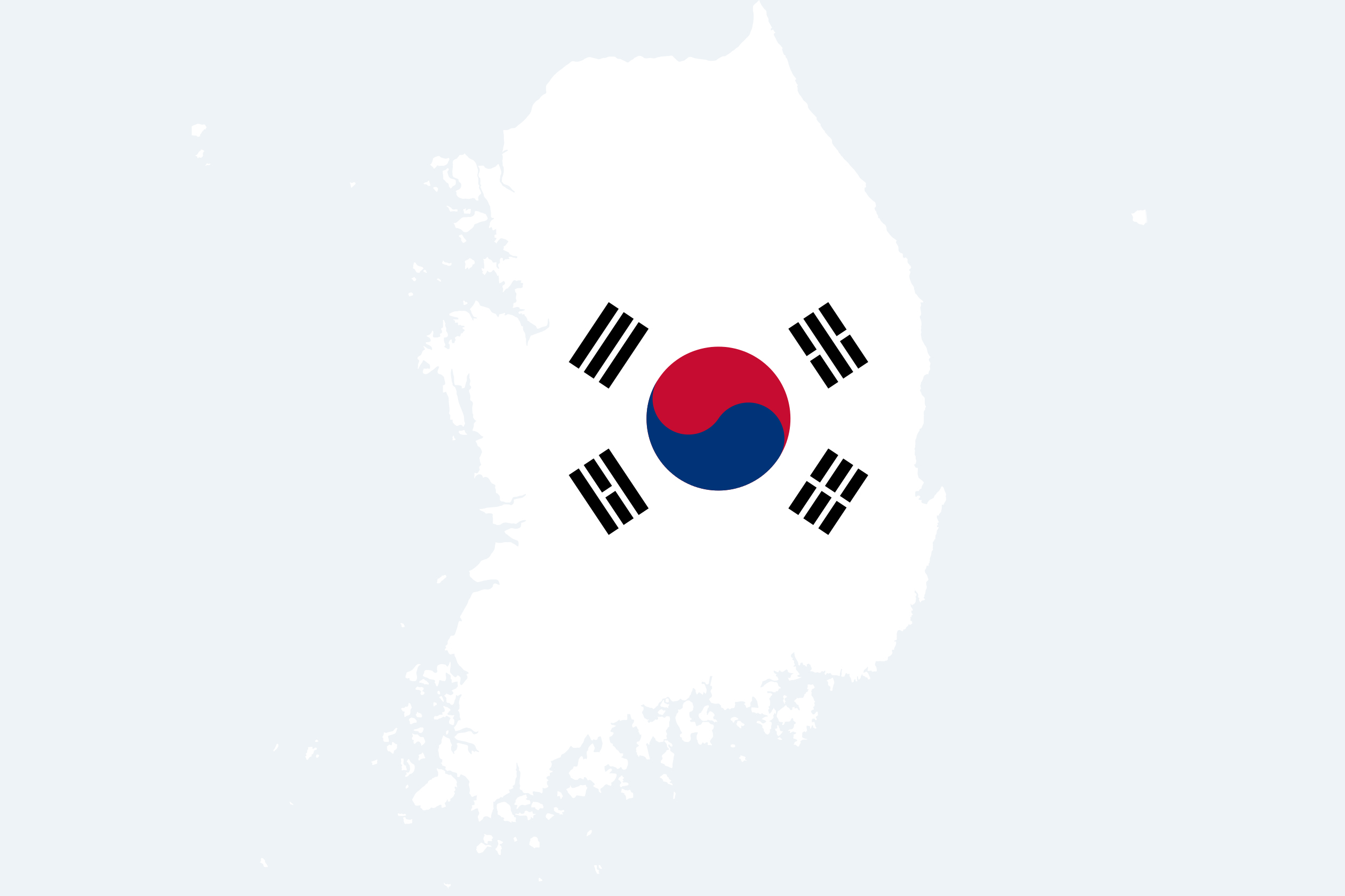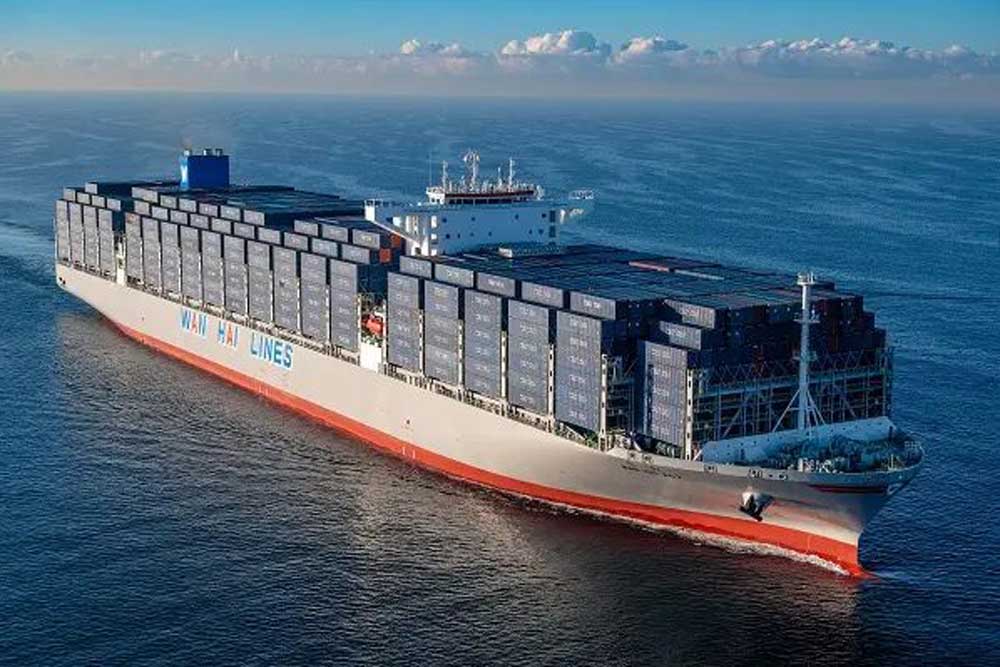Following the 49th session of the Facilitation Committee (FAL 49), the International Maritime Organization (IMO) introduced standardized data fields for emissions for the first time.
In addition, the data reference model has been confirmed in the IMO Compendium on Facilitation and Electronic Commerce.
The new “Fuel oil consumption and CII reporting dataset” in the IMO Compendium contains more than 140 data fields for environmental reporting, most of which were newly added by the IMO Expert Group on Data Harmonization (EGDH) as part of the FAL 49 update. These new data fields aim to streamline emissions reporting and help ship operators adapt to the regulatory framework.
This move is the result of a 12-month collaborative project involving the Smart Maritime Council classification societies – Lloyd’s Register, ABS, Bureau Veritas, ClassNK and DNV – working with Bimco, the International Association of Classification Societies (IACS) and Energy LEAP to introduce new standards for emissions data reporting.
IMO: Simplify data collection, improve quality
“The introduction of these emissions data standards by the IMO offers tremendous opportunities for the industry to streamline the collection and exchange of ship operational data required for mandatory reporting and significantly improve the quality of the information collected,” said Rob O’Dwyer, Chairman of the Smart Maritime Council.
“It’s fantastic to see the world’s largest classification societies coming together to work on a project like this for the benefit of the industry as a whole.” The common goal is to remove the barriers that currently exist to the digitalization of shipping. This will make it easier for ship operators to access the tools that can help them make more efficient, environmentally sustainable business decisions.
As the classification societies act as accredited verifiers for emissions reporting, the creation of a single comprehensive, standardized list of data points allows for widespread application in almost all relevant maritime emissions reporting processes. Therefore, the partners have worked together to create an aggregated list of data fields that meet the mandatory reporting requirements of current and future emissions regulations, including:
– IMO Data Collection System (DCS)
– EU Monitoring, Reporting, and Verification (MRV)
– Carbon Intensity Indicator (CII)
– FuelEU Maritime
Bimco and IACS then submitted the classification societies’ combined standardized data set to the IMO for consideration for inclusion in the IMO Compendium – a process that is now complete following FAL 49.
“To enable the shipping industry to achieve net-zero greenhouse gas emissions by 2050, we need to prioritize the standardization and harmonization of our data collection processes for fuel oil consumption and CII reporting, as these are important parts of the verification process,” said Jeppe Skovbakke Juhl, Chief Naval Architect at Bimco. “This approach not only streamlines our workflows, but also improves the accuracy and efficiency of the ships’ emissions reports. Through this harmonization, we facilitate a more effective exchange of information and can use the IMO Compendium as a tool to promote collaboration and confidence in the reported data.”
Duncan Duffy, Global Head of Technology at Lloyd’s Register, said: “The results of our Digital Maturity Index with our key customers have shown that the standardization of data is a key challenge for shipowners, operators and charterers. As members of the Smart Maritime Council, Energy LEAP and the IACS Safe Digital Transformation Panel, we are pleased that the collaboration is leading to progress such as the inclusion of the fuel oil consumption dataset and CII reporting in the IMO Compendium.”
Gurinder Singh, Director, ABS Wavesight, also commented: “Standardization of emissions reporting is the foundation for global emissions management at scale. We are proud to have played a role in reaching consensus in this important area of regulation.”
Matthieu de Tugny, President of Bureau Veritas Marine & Offshore, added: “BV is pleased to have contributed to the development of these new emissions data standards. This collaboration with industry leaders underscores our commitment to driving the digitalization of shipping and supporting more sustainable operations through harmonized, accurate data.”














